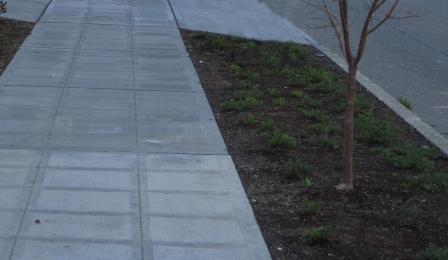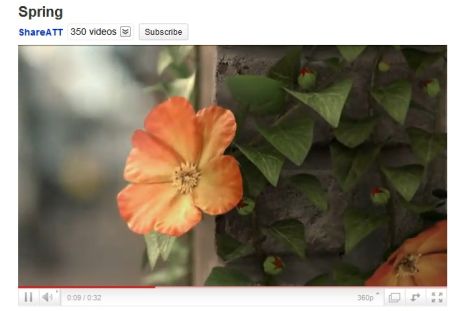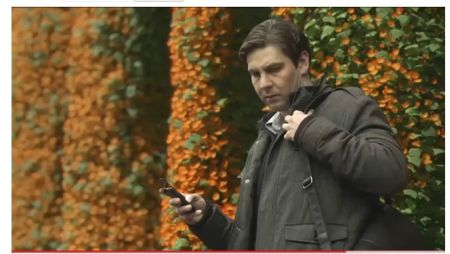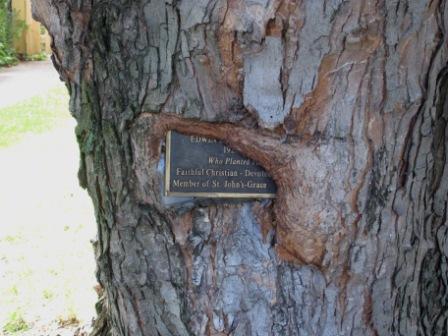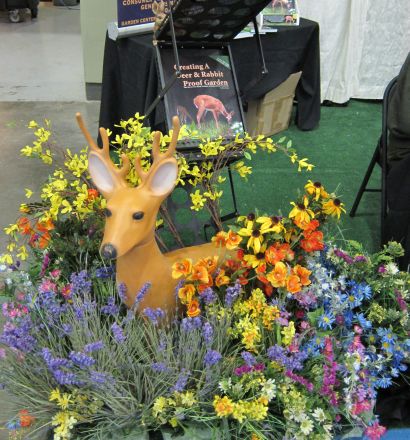In honor of Valentine’s day I have a story about love and betrayal to share….OK, maybe not….perhaps something more along the lines of branches and ants. Same difference right?
There was once a tree that was much loved. It was planted in a cute little corner of a street next to a historic building and was well cared for by its owners. Its many limbs rose to the sky in a seething mass which made the tree look vigorous and robust…and those who planted the tree were very happy.
Over time, however, the people who planted the tree neglected it. The street where it was originally planted changed from a bustling center for traffic to a lonely, out-of-the-way road. As it was ignored its branches grew together and made a mess — and nobody noticed this mess — except for a little horticulturist who had to walk by the tree every day on his way into work.
The little horticulturist was fascinated by the tree. Not because the tree was a particularly fine specimen, no, that wasn’t it at all. Instead the little horticulturist was fascinated by the tree because its limbs grew together so closely that they actually appeared to be grafting with one another, something that the little horticulturist would often spend hours contemplating (what can the little horticulturist say — sometimes he liked to avoid real work).

Two limbs apparently grafted together!
Then one day something terrible happened. An evil green insect invaded the street where the tree lived, and all of the ash trees on that street had to be cut down. Even though the tree couldn’t be infested by the insect (it was a hackberry), it was still on the list. The little horticulturist pleaded with the groundskeepers to keep the tree, but orders were orders and the tree had to go.
But unbeknownst to the groundskeepers the little horticulturist knew one of the people cutting down the tree and asked the tree cutter to save him some of the trees limbs where they appeared to be grafted together. And the tree cutter did, and delivered them to the little horticulturist.
But alas! The grafts that the little horticulturist had seen were not truly grafts at all! They were rotted out sections of trunk which had grown around each other! The little horticulturist was crestfallen! How could this be? He left the decaying limbs in his office as he considered what to do next.

Hmmm…There’s no graft after all –what a mess!
Days stretched into weeks and the limbs continued to sit in the little horticulturists office. And then, one day, from the depths of the limbs sprouted new life! Winged carpenter ants flew around the room and into neighboring rooms! Colleagues shouted curses and obscenities! Graduate students were afraid to use the drinking fountain because of the masses of ants which alighted there! The custodians took to wearing dust masks! And, despite incessant pleading by almost everyone, the little horticulturist would not part with the limbs because he wanted to have props whenever he told the story of the day the ants took over the 4th floor.
The moral of this story is that you shouldn’t hold onto things once you figure out that they’re worthless.


